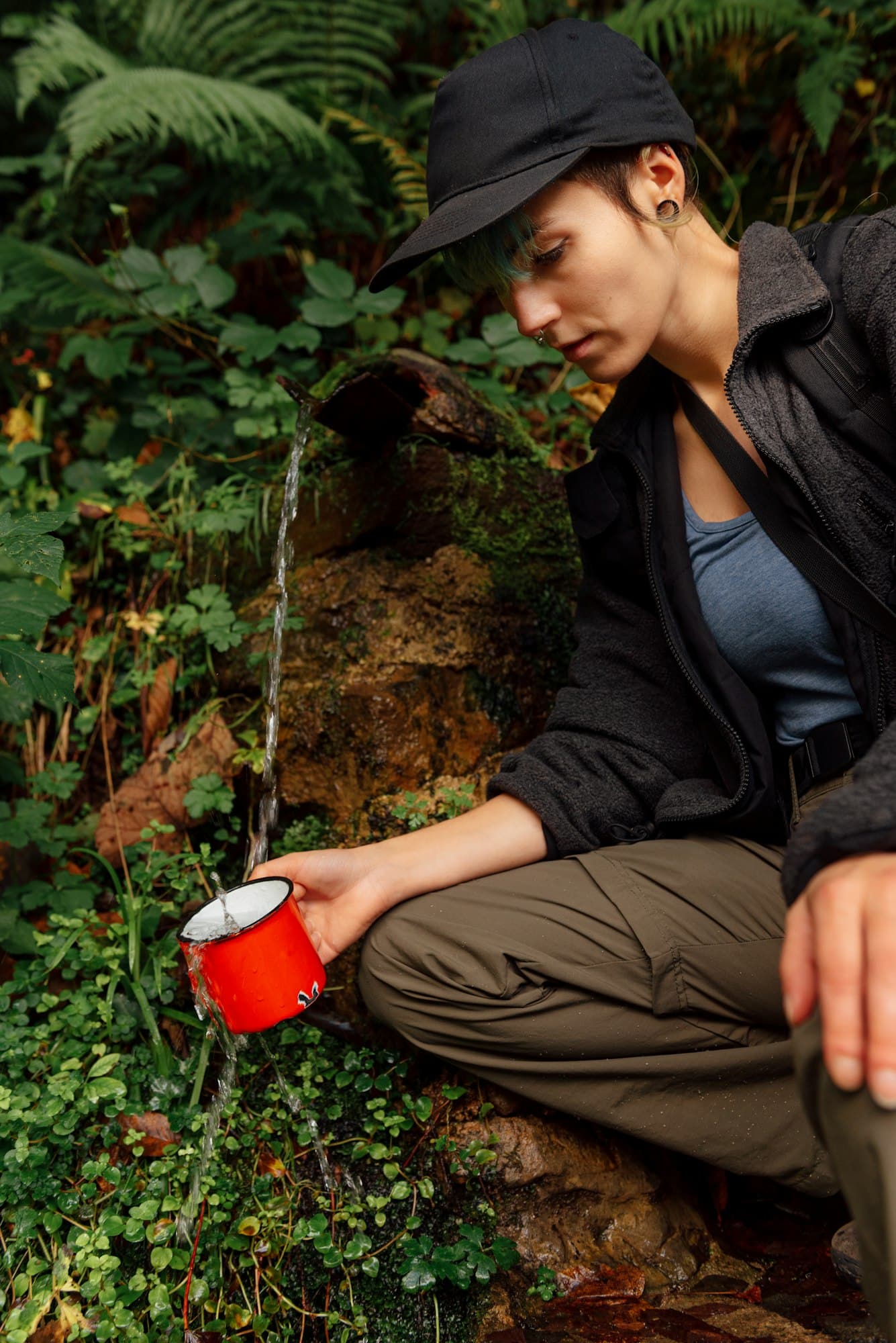In recent years, rainwater harvesting has been increasingly touted as a sustainable method to conserve water. Its fundamental concept revolves around collecting, storing, and using rainwater for various household purposes, including gardening. But is this system a realistic and practical option for UK homes? Let’s explore the process, benefits, and potential drawbacks of implementing a rainwater harvesting system in your home garden.
Understanding Rainwater Harvesting
Rainwater harvesting is far from a novel concept. Historically, people have been using various techniques to collect and store rainwater for use during periods of water scarcity. Nowadays, this method has been modernised and made more efficient, with numerous systems available for residential use.
Avez-vous vu cela : What Are the Key Considerations for Selecting Outdoor Furniture in the UK’s Weather?
The design of a rainwater harvesting system for a home garden can be surprisingly simple. It generally consists of a catchment area (often the roof of your house), a system of gutters and pipes to direct the rainwater, a storage tank (or tanks) to store the collected water, and a distribution system to get the water to where it will be used (your garden, in this case).
The beauty of rainwater harvesting is that it can be tailored to your specific needs – the size of your collection system and storage tank can be adjusted depending on the size of your garden and your anticipated water usage.
Avez-vous vu cela : Can Companion Planting Improve Vegetable Yield in a UK Allotment?
The Advantages of Rainwater Harvesting for Your Garden
There are several compelling reasons to consider rainwater harvesting for your home garden. For starters, it is a more sustainable option compared to drawing from mains water supply. It helps conserve our dwindling freshwater resources and reduce our dependence on treated water.
Rainwater is also generally softer than mains water and therefore better for plants. It is free from chemicals like chlorine that are commonly found in tap water and can adversely affect plant health.
Moreover, the financial implications are attractive. While there is an initial cost to build and install a rainwater harvesting system, over time, it will lead to significant savings on water bills. Particularly in the UK, where water rates are relatively high, this can be a substantial benefit.
The Potential Drawbacks and Considerations
While the benefits of rainwater harvesting are undeniable, it’s also important to address the potential drawbacks and challenges. First and foremost, the initial set-up cost can be significant, depending on the complexity of your system. This includes not only the cost of the storage tanks and piping but also potentially the cost of professional installation.
Furthermore, the UK’s varying climate could pose a challenge. Periods of heavy rainfall will lead to plenty of water for collection, but dry spells could mean your storage tank runs dry. Therefore, a supplementary water source (like mains water) might still be necessary at times.
Also, remember that while rainwater is great for gardens, it’s not treated for harmful bacteria and pollutants. So it’s not suitable for human consumption without proper treatment.
The Process of Setting Up Your System
Assuming you’re interested in setting up a rainwater harvesting system in your home garden, how do you proceed? The first step is to do a bit of planning. Consider the size of your garden and how much water your plants typically need. This will help you determine the size of the storage tank you will need.
Next, consider your budget. There are systems available at various price points, so you need to find something that is financially feasible for you.
Once you’ve got a plan in place, it’s time to purchase your equipment and start the installation process. Depending on your level of DIY expertise, you might choose to handle this yourself or hire a professional.
Making Rainwater Harvesting Work for You
Implementing a rainwater harvesting system for your home garden is an investment that pays off in the long run. It’s not just about the cost savings, but also about reducing your environmental footprint and providing your plants with a healthier water source.
By understanding the process and the potential challenges, you can design a system that works for your specific needs and conditions. Remember, the key is to plan carefully and adapt your system as needed to make the most of the rainwater you collect. You might not be able to completely replace your mains water supply, but even reducing your dependence on it can make a significant difference.
In the end, whether rainwater harvesting is a viable option for your UK home garden depends largely on your specific circumstances and priorities. However, with careful planning and execution, it can certainly be a beneficial addition to most homes.
Harnessing Rainwater: Methods and Systems
Rainwater harvesting is an excellent way to make the most out of the UK’s ample precipitation. The process of harvesting rainwater can be as simple as positioning a water butt beneath a downpipe to collect run-off from your roof. This water can then be used directly in the garden, reducing your dependence on mains water.
For those seeking to further maximise their rainwater collection, more sophisticated harvesting systems are available. These can include larger storage tanks, filtration systems, and even pumps to distribute the collected rainwater to various parts of your garden. You might even consider integrating your rainwater harvesting system with your garden room, providing an eco-friendly water source for any plants you’re growing indoors.
It’s important to note that the efficiency of your rainwater harvesting system will depend on your location, the size of your catchment area (usually your roof), and the average rainfall in your area. Therefore, it may not completely replace your reliance on mains water, but it can certainly make a big difference in your water supply.
Additionally, remember that rainwater collection is not just about being eco-friendly or sustainable gardening. It’s also about adapting to the reality of climate change. As weather patterns become more unpredictable, having a system in place to collect and utilise rainwater can provide an essential buffer during dry spells.
Conclusion: Rainwater Harvesting, a Viable Option?
Rainwater harvesting is certainly an intriguing proposition for UK home gardens. It offers a sustainable and environmentally friendly way to water your garden while reducing your reliance on mains water. It also provides your plants with chemical-free water, which can improve plant health. Furthermore, it can lead to significant savings on your water bill over time.
However, there are a few considerations to keep in mind. The initial set-up costs can be substantial, particularly if you opt for a complex system. The UK’s variable climate means that there may be periods where your storage tank runs dry, necessitating a backup water supply.
Despite these factors, with careful planning and execution, rainwater harvesting can be an excellent addition to most homes. It’s an investment that not only saves money but also contributes to a more sustainable future. In the face of climate change and increasing water scarcity, harvesting rainwater is a step towards greater water security and sustainable living.
In conclusion, is rainwater harvesting a viable option for UK home gardens? The answer is a resounding yes. With the right system in place, you can enjoy the benefits of rainwater collection while contributing to a more sustainable and eco-friendly lifestyle. Making rainwater harvesting work for you is all about planning, adapting, and making the most of the rainwater you collect, and it’s an investment that will undoubtedly pay off in the long run.
Image credit: A garden rainwater harvesting system can be a great addition to your sustainable gardening efforts while also helping to mitigate the impacts of climate change.











